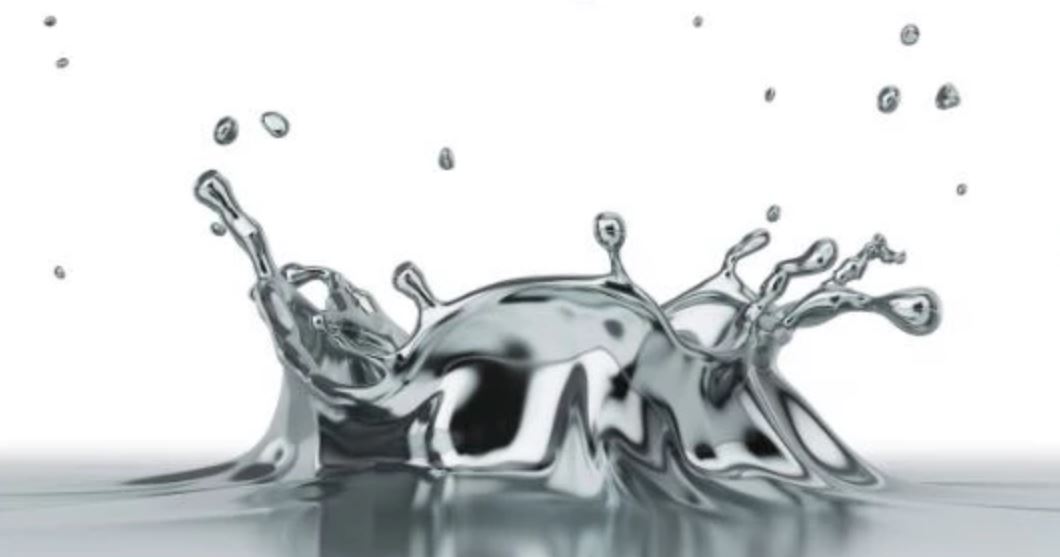Colloidal silver benefits the animal as well as the human body in numerous ways, including providing a variety of medical benefits.
Antibacterial and antimicrobial properties
It is impressive that colloidal silver can control antibiotic-resistant superbugs. Over 650 different diseases-causing pathogens were destroyed in minutes by small amounts of silver while Dr. Larry C. Ford was employed at UCLA Medical School in the 1980s.
As opposed to modern prescription antibiotics, colloidal silver does not create resistance or immunity in the organisms it kills. There is no better time to stress this point than now, especially since the Centers for Disease Control -CDC -and Prevention report that more than 2.8 million Americans suffer from antibiotic-resistant infections every year, and more than 35,000 die from them.
An article published in the Journal of Alternative and Complementary Medicine supports ionic colloidal silver as a broad-spectrum antimicrobial agent when usedd against both aerobic and anaerobic bacteria but not against fungi.
The care of wounds and the health of the skin
Colloidal silver stimulates the skin and soft tissue healing, according to Robert O. Becker, MD. In a research article published by Pharmacognosy Communications in 2012, certain colloidal silver preparations were specifically recommended for topical use in treating burns, thrush, periodontitis, and other conditions, such as CGAM.
Colloidal silver is a potent antifungal, so you can treat ringworm (Tinea capitis) at home with it. Ringworm is a fungus that lives on the top layer of the skin.
As a contagious disease, it can be spread through skin contact and contaminated clothing.
In addition to treating psoriasis and eczema, colloidal silver soothes scrapes and even helps repair burn-related tissue damage.
In fact, a colloidal silver-based nano gel dressing for superficial pellet gun wounds was successfully used in an article published in the Journal of Family Medicine and Primary Care. Such silver nanoparticle-based gel dressings for injuries or chronic wounds are becoming more common.
Prior to the advent of antibiotics, topical silver was used to treat burns. Silver nitrate and sodium sulfadiazine were combined to create SSD cream, which helped many burn patients recover.
Adding a silver coating to specialized foam, part of a CDC qouted procedure – wound vacuum system provides antibacterial activity in vitro. This technology may aid in healing chronic venous stasis wounds by preparing them for skin grafts.
Infections of the pink eye/ear
Despite the lack of research on its full potential, colloidal silver may be able to combat some common infections due to its antiviral and antibacterial properties.
Inflamed mucous membranes cover the eyeball and the lining of the eyelids, and pink eye is primarily caused by bacterial or viral infections. Using colloidal silver under your doctor’s care will take prompt action against this highly infectious and irritating virus and bacteria.
The tiny silver colloids act by attracting electromagnetically the infected cells and sending them into the bloodstream, where they can be eliminated.
Our modern prescription of antibiotic drugs are designed to work against specific classes of bacteria, yet ear infections are often caused by multiple classes of bacteria or can even be caused by fungal infections. The prescription antibiotic will be of no use in this case since colloidal silver works regardless of the cause of the disease.
Colloidal silver is a powerful antimicrobial agent that has helped many people with pink eye, ear infections, and other bacterial or viral problems. However, more study is needed to fully understand its mechanisms and safety.
The antiviral properties
As an antiviral, colloidal silver can be used to treat HIV/AIDS, pneumonia, herpes, shingles, and warts, suffocating the virus and reducing its activity.
Colloidal silver is also reported to be effective against the hepatitis C virus in numerous anecdotal reports.
Silver nanoparticles reduce viral infectivity by blocking virus interactions with cells, according to a study published in the International Journal of Nanomedicine.
As smaller-sized silver particles were able to inhibit the infectivity of the viruses, it may depend on their size and zeta potential.
The fifth is anti-inflammatory.
It is also a fantastic anti-inflammatory. The National Institutes of Health studied the effects of inflammation after pigs were treated with colloidal silver, and found that after 72 hours, inflamed skin of pigs treated with silver had near-normal skin, while other groups that were not treated with silver remained inflamed.
Colloidal silver reduces swelling, speeds healing, and boosts cell recovery, as many people have already known anecdotally for years. Although more human studies are needed to understand colloidal silver’s true potential for inflammation, what we have seen thus far is promising.
